CoolSculpting is a non-surgical fat reduction treatment for body areas that accumulate the most fat, including thighs, abdomen, and buttocks. It uses cryolipolysis technology to freeze fat cells in the target area without damaging surrounding tissue.
One CoolSculpting session provides up to a 25% reduction of fat in the treated area. Additional treatment sessions are frequently needed to reach the ultimate result. With a balanced diet and regular exercise, you can maintain the effects of CoolSculpting indefinitely.
Though CoolSculpting requires no downtime, patients are encouraged to apply certain aftercare tips to ensure the best results and minimize potential side effects.
Use this article as your checklist of essential CoolSculpting aftercare and recovery tips.
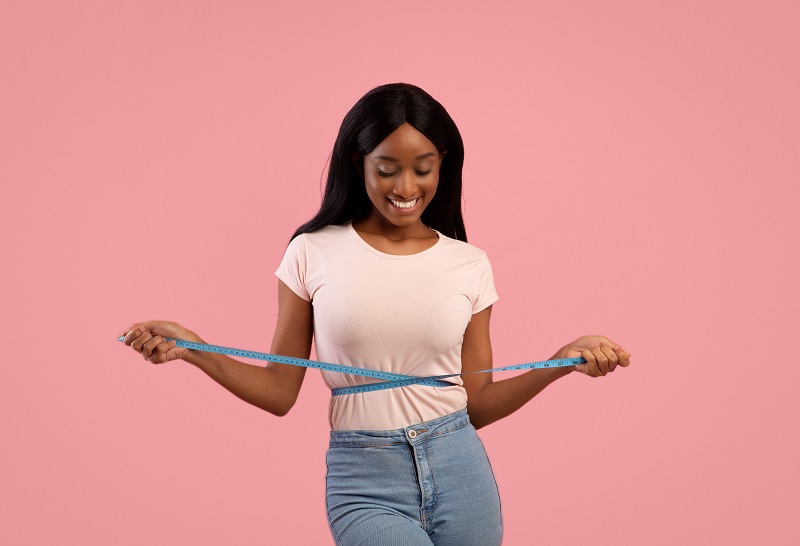
CoolSculpting Aftercare: 9 CoolSculpting Recovery Tips
1. Massage the Area Post-Treatment
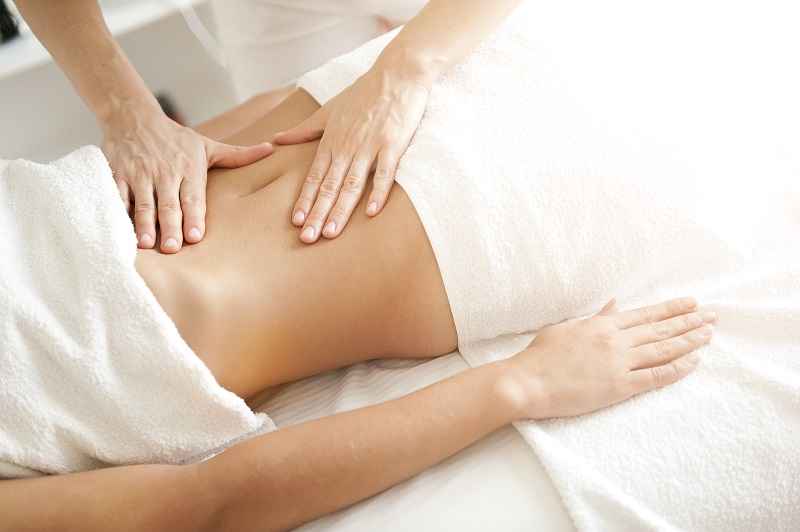
A massage right after the treatment improves the effects of CoolSculpting. It helps break down frozen fat and encourages the lymphatic system to flush out the dead fat cells. For best results, continue to massage the treated area a few times a day for several days after a CoolSculpting treatment to promote the body’s waste removal process. Your CoolSculpting provider will instruct you how to do it properly.
2. Apply Warm Compresses

Warm compresses are used for many conditions, including menstruation pain, sore muscles, and muscle spasms. Apply a warm compress to the treated area to reduce pain and cramping after CoolSculpting. It will stimulate blood flow and circulation and help ease the discomfort.
3. Wear a Compression Garment
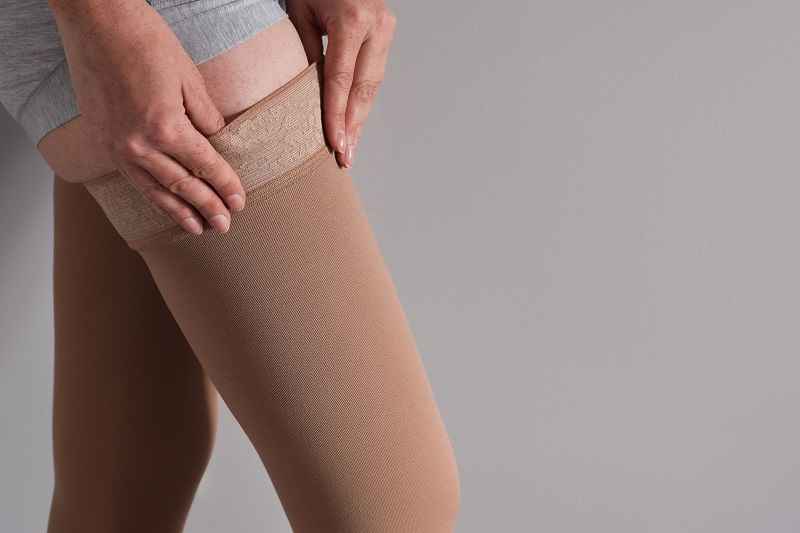
If you experience discomfort or pain after a CoolSculpting treatment, a compression garment around the treated area may alleviate these side effects. The tight-fitting garment promotes improved lymphatic and blood flow, speeding up the recovery after CoolSculpting.
4. Wear Comfortable Clothes

Swelling and soreness are common side effects of CoolSculpting. After the treatment, your body will appreciate loose, soft clothes that ensure minimal pressure on the skin. Stay away from skinny jeans and other tight-fitting clothes that may aggravate the swelling, soreness, redness, and other uncomfortable sensations.
5. Stay Hydrated
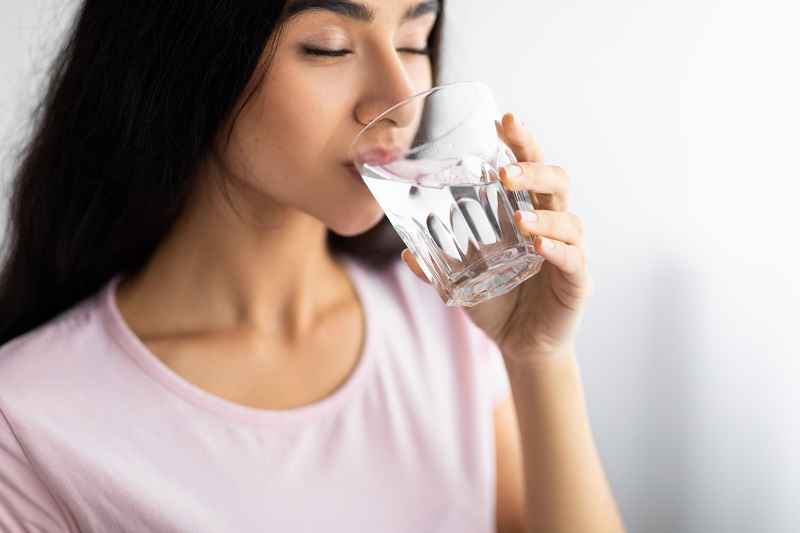
Drinking lots of water aids in maintaining overall health. When it comes to CoolSculpting, a high water intake helps speed up the process of flushing out dead fat cells.
6. Avoid Sugar, Carbs, and Processed Foods
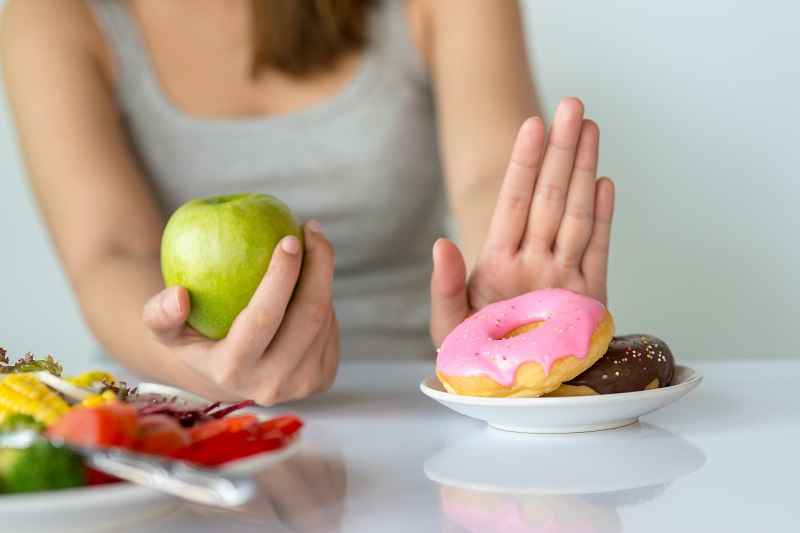
Maintaining optimal weight ensures the longevity of CoolSculpting results. Avoid foods that contribute to weight gain like sugars, carbs, fried, and processed foods. The bulk of your diet should include vegetables, whole grains, fruits, and lean protein. If you gain weight, the remaining fat cells in your targeted CoolSculpting area will increase, negating the treatment results.
7. Avoid Alcohol
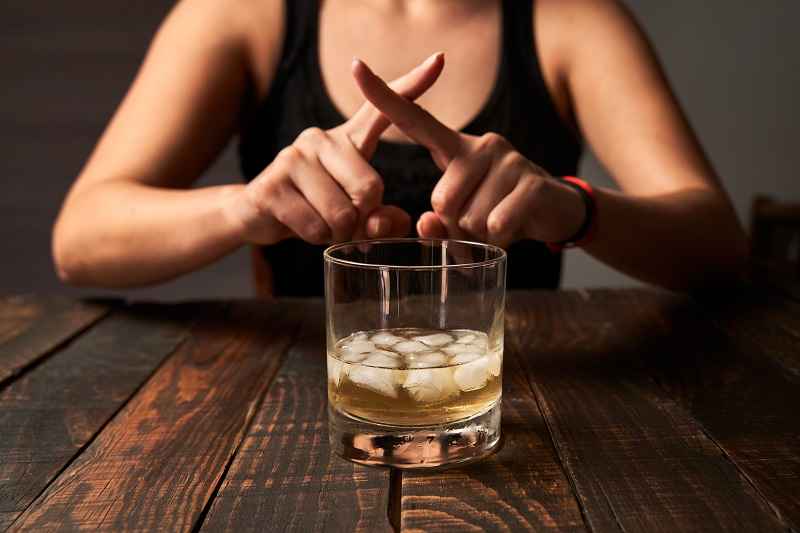
Alcohol may increase the chances of bruising. CoolSculpting providers advise patients to avoid alcoholic beverages one week before and one week after the procedure.
8. Stay Active
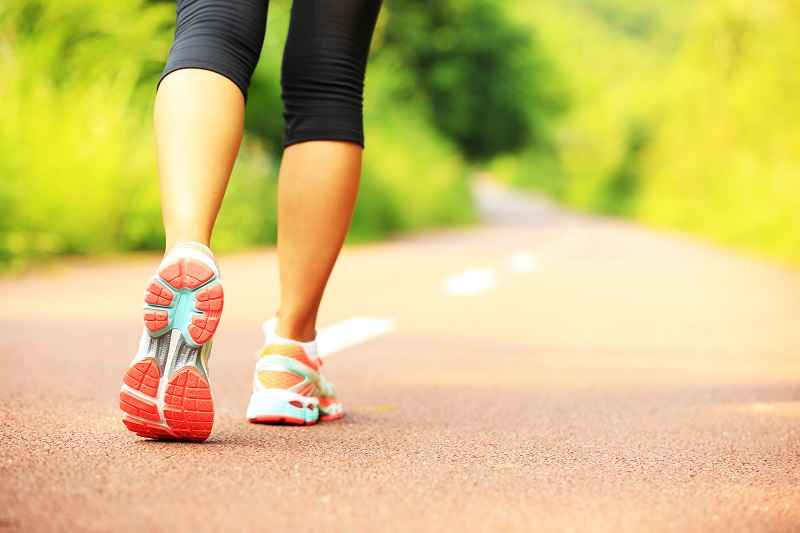
Moving around and exercising is encouraged after CoolSculpting to increase blood circulation and speed up the body’s natural healing process. If you experience pain, discomfort, bruising, or swelling after your treatment, engage in a light exercise like walking and stretching. When the side effects subside, you can resume a more vigorous exercise plan.
9. Take a Painkiller
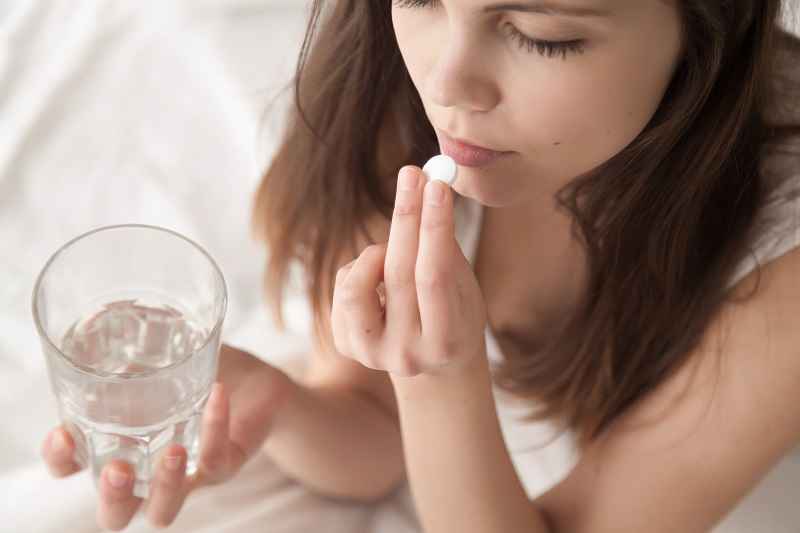
CoolSculpting patients typically experience discomfort rather than pain. However, if your pain threshold is below average, ask your medical provider to recommend a safe painkiller based on your medical records. Most CoolSculpting patients who require painkillers use OTC drugs like acetaminophen or ibuprofen. They help with inflammation, too.
Conclusion
CoolSculpting is a safe, non-invasive fat removal treatment that provides impressive and long-lasting results. Follow our CoolSculpting aftercare and recovery tips to ensure you get the most out of the procedure.


